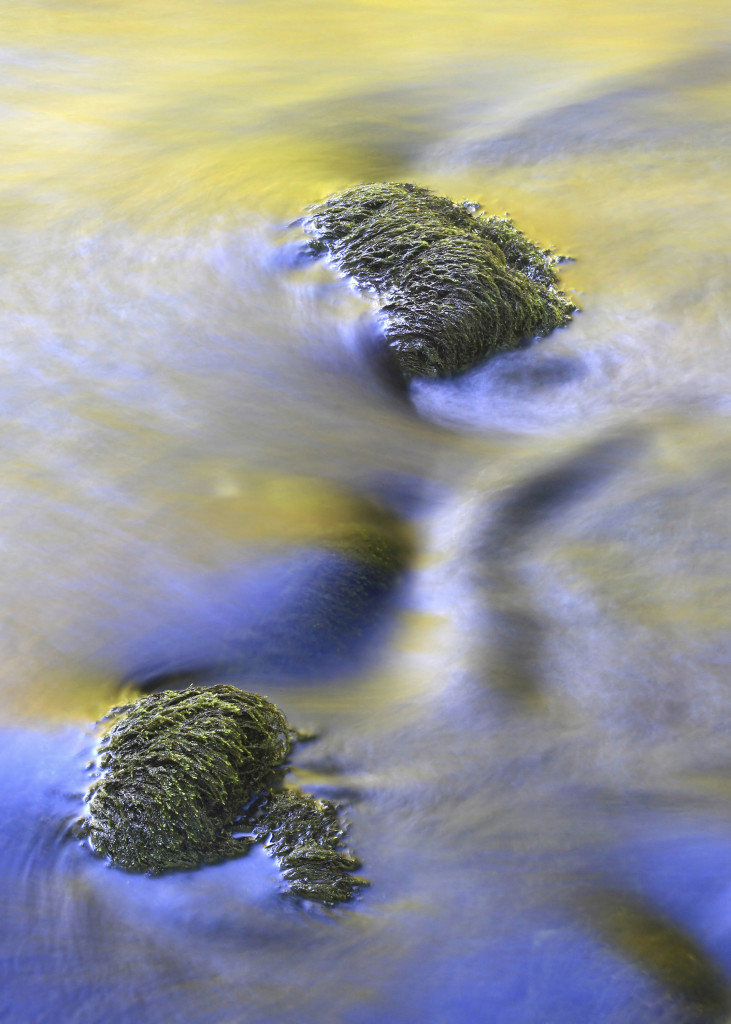 Biofilm is the slime often seen on rocks in rivers. It contains thousands of microbes—tiny living organisms such as bacteria. Microbes play a key role in carbon dioxide consumption, decomposition (the process of rotting dead animal and plant material) and regulating water quality. In fact, microbes probably play the most important role of all organisms in rivers, but we know very little about their diversity (i.e. who they are) or what they do.
Biofilm is the slime often seen on rocks in rivers. It contains thousands of microbes—tiny living organisms such as bacteria. Microbes play a key role in carbon dioxide consumption, decomposition (the process of rotting dead animal and plant material) and regulating water quality. In fact, microbes probably play the most important role of all organisms in rivers, but we know very little about their diversity (i.e. who they are) or what they do.
Traditionally, to identify microbes, we need to cultivate them (for example in Petri dishes on nutrient agar). This is not possible for all microbes so DURESS uses molecular methods, to identify microbe species, and to identify those that play a role in decomposition and in regulating water quality. In DURESS, we want to quantify how much they help ‘clean’ our waters. We’ve been doing experiments in the streams to measure how much biofilm can reduce nitrate pollution, or reduce water colour. We’re still finishing our calculations, but it is clear that ‘the slime’ should be regarded as the “rivers liver” and is really helping to keep our water bills down.
